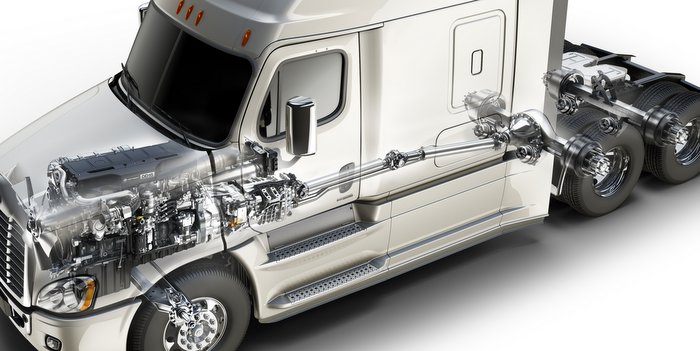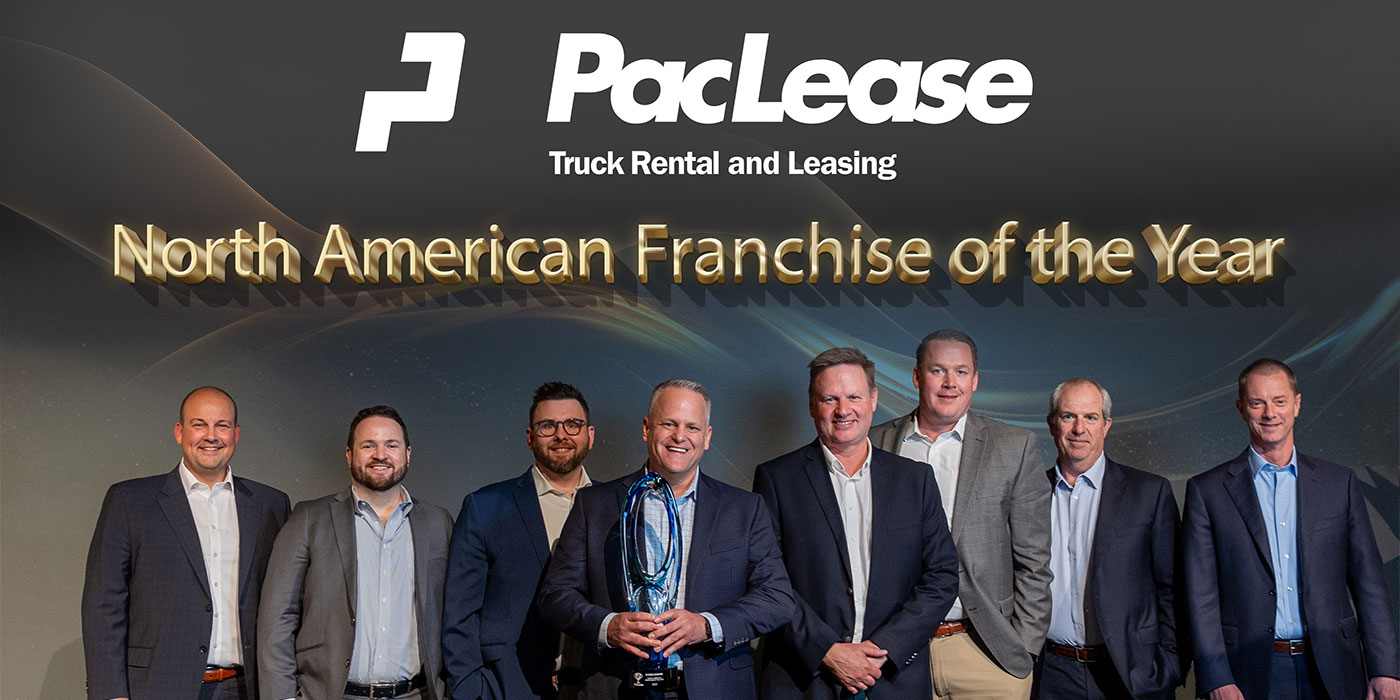Based on Kenworth’s testing, the general rule of thumb is that every 100 RPM reduction at typical operating speed yields:
• Up to 1.5% fuel economy improvement between 1,300 and 1,500 RPM; and
• Up to 0.75% fuel economy improvement between 1,150 and 1,300 RPM.
 Three main factors impact the RPM at cruise: transmission ratio, axle ratio and tire size. The ratios determine what RPM an engine will run for at given road speed. The engine must be able to produce adequate torque at those RPM and the vehicle must be able to manage any additional vibration from running a lower RPM.
Three main factors impact the RPM at cruise: transmission ratio, axle ratio and tire size. The ratios determine what RPM an engine will run for at given road speed. The engine must be able to produce adequate torque at those RPM and the vehicle must be able to manage any additional vibration from running a lower RPM.
“Ratios and RPM work in concert rather than one driving the other. An engine could not run at 1,150 RPM and reach cruise speed without the corresponding axle ratio, transmission ratio and tire size to match,” said Ryan Trzybinski, Eaton product strategy manager, Linehaul. “One concept that often gets confused is direct drive versus overdrive. The Eaton direct drive powertrain with even as low as a 2.26 axle will not be as heavily downsped as the Eaton ‘small step’ since the transmission ratio in top gear is 1.0 for direct versus 0.80 for the overdrive small step. The 0.8 overdrive ratio represents a 26% step that enables further downspeeding.”
Trzybinski went on to detail the main factors fleet managers should take into consideration when spec’ing specific downsped engine ratios: Gross combined vehicle weight (GCVW); terrain (grade percentages); and road speed should all be given a close look. Downspeeding is most effective for vehicles 80,000 lbs. GCVW and below since it can run with a very fast axle and still have adequate startability and gradeability. As the weight of the vehicle increases, a slower or higher numerical axle is often required and thus cruise RPM increases. As road speed increases, for a given gear, RPM also increases. For example, the Fuller Advantage Small Step used in SmartAdvantage and with the MX and N13 engines is optimized to run at 65 MPH with a 2.64 axle.
Grade also deserves special attention as the engine-transmission-vehicle combination can actually sense load and when the tractor is ascending or descending a grade, said Stu Russoli, Mack Trucks highway and powertrain products marketing manager. This allows for more efficient operation at lower engine speeds, while maintaining higher average road speeds.














